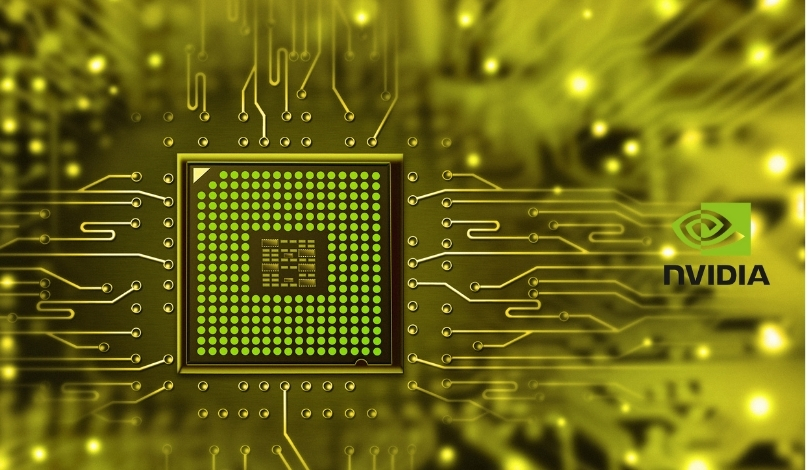Choosing between AMD‘s FidelityFX Super Resolution (FSR) and Nvidia‘s Deep Learning Super Sampling (DLSS) remains a critical decision for gamers and professionals alike. Both technologies aim to enhance visual fidelity and performance, yet they approach the challenge differently. Recent evaluations highlight the strengths and weaknesses of each, providing valuable insights for consumers navigating their GPU options.
Historical comparisons reveal that Nvidia’s DLSS has consistently outperformed AMD’s FSR in terms of image quality and performance gains. While AMD introduced FSR as a competitive alternative, Nvidia’s early adoption of machine learning techniques gave DLSS a significant advantage. Over time, AMD has made strides to close the gap, but disparities still exist.
How Do FSR and DLSS Differ in Technology?
FSR utilizes spatial upscaling techniques, which rely on analyzing individual frames to enhance resolution. In contrast, DLSS employs deep learning and temporal data from multiple frames, allowing for more accurate and higher-quality upscaling.
What Are the Performance Impacts of Each Technology?
Nvidia’s DLSS generally provides superior performance improvements compared to AMD’s FSR. Users report smoother frame rates and better overall gameplay experiences when using DLSS, particularly in demanding applications.
Is the Choice Between FSR and DLSS Affecting GPU Selection?
“Ultimately, GPU choice should be based on a combination of factors including performance, price, and specific use cases,” stated a leading industry analyst.
While FSR offers broader compatibility across different hardware, DLSS’s performance advantages make Nvidia GPUs more appealing for those prioritizing the best visual quality and efficiency.
The ongoing development in both FSR and DLSS indicates a competitive landscape where each technology continues to evolve. Users must weigh the benefits of each upscaling method against their specific needs and existing hardware capabilities. As both AMD and Nvidia advance their respective technologies, the decision-making process for GPU selection will likely become more nuanced, requiring careful consideration of multiple performance metrics.
- AMD’s FSR offers broader hardware compatibility.
- Nvidia’s DLSS provides better performance and image quality.
- GPU choice should consider multiple performance factors.










